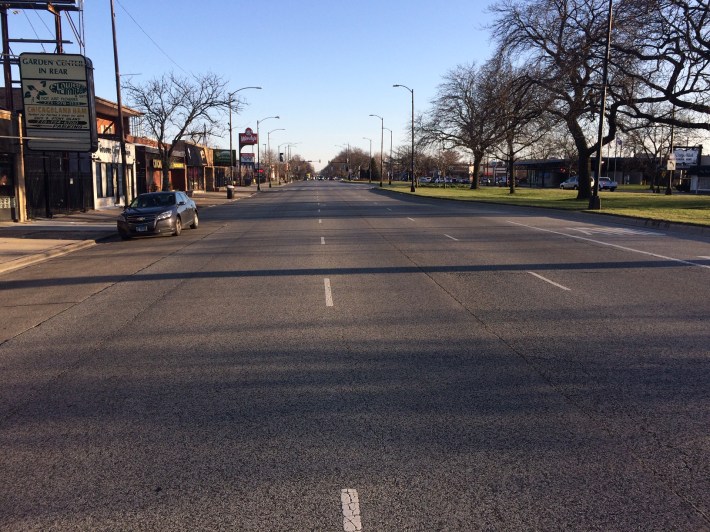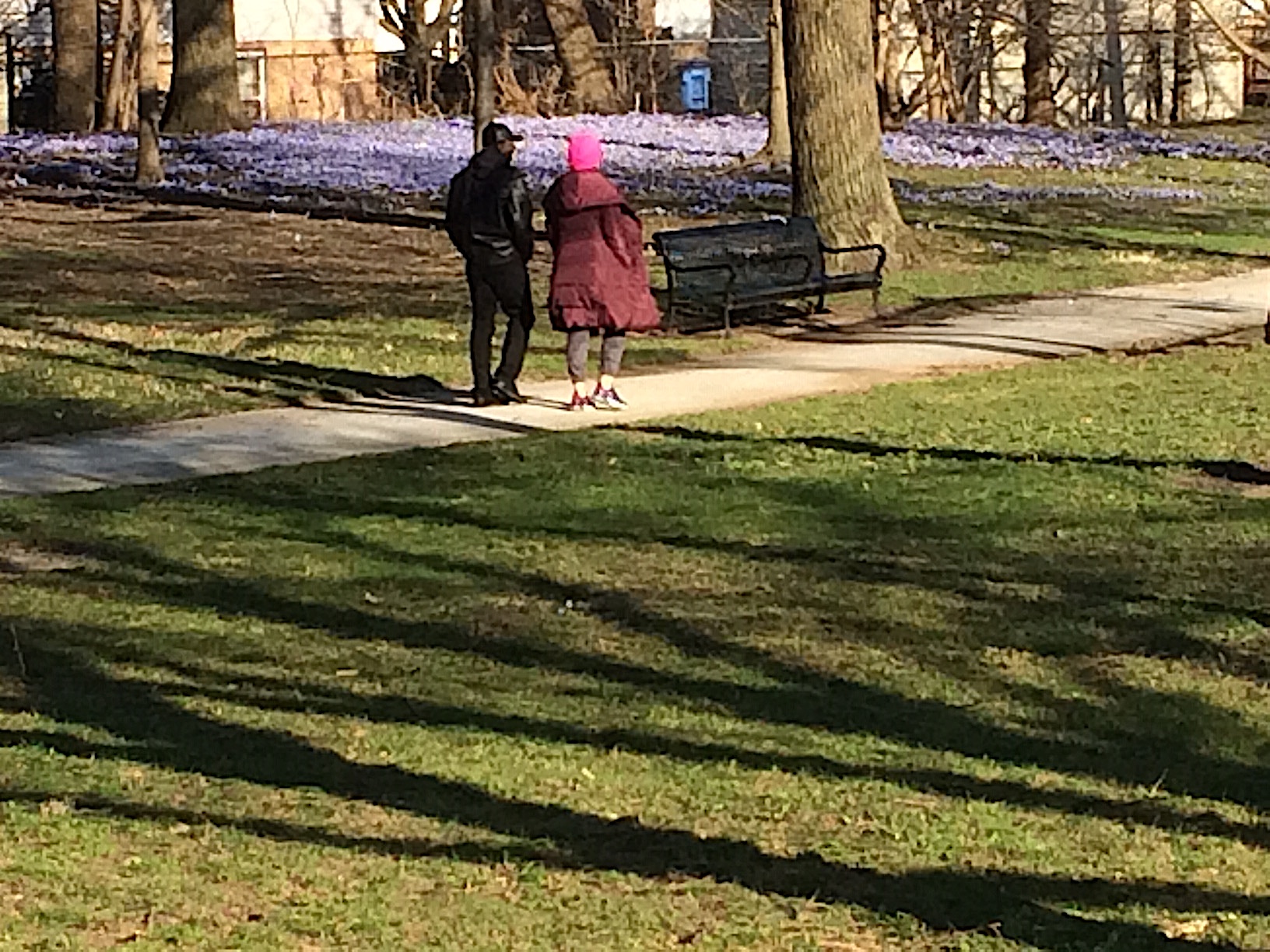I live in Chatham, a quiet residential African-American neighborhood on Chicago’s Far South Side. The residents range from retirees to young couples raising families to single people, all going about their regular business. Outwardly, it might appear that the coronavirus hasn't affected the community much, other than the relatively empty streets and shuttered businesses visible. But Chatham is one of the Chicago neighborhoods hardest-hit by the pandemic. Its two Zip Codes are dark blue on the Illinois Department of Public Health's COVID-19 statistics map, with 425 confirmed cases in Chatham's main Zip, 60619, where I live, and 487 cases in Zip Code 60620.
Because Chatham is roughly situated between the Dan Ryan Expressway to the west and Stony Island Avenue to the east, it can be seen as a pass-through area, with plenty of drivers traveling through on their way between downtown and the south suburbs. But the community has small nuances that that give it its own unique flavor. I traveled around the area recently to take a look at how community members are holding up during the crisis.

On a warm day earlier this month, I dropped by mostly-deserted Avalon Park, one of the area's major green spaces. There were the occasional dog walkers. But the basketball courts had their hoops removed, since playing team sports with people you don't live with can spread the virus. The swing sets were completely empty, which is good, because because playground equipment can also harbor COVID-19.
Residents who drive tell me that stoplights in the neighborhood seem to be shorter than usual. Speeding has been an issue during the pandemic in other parts of town, but to me traffic in Chatham actually seems a bit more leisurely than usual.

I dropped by a couple of the local CTA bus lines to see how they're functioning in the time of coronavirus. To reduce the driver's chance of viral exposure, passengers are currently required to board through the back door, and the front of the bus is chained off. Right now the buses are free, but the agency is in the process of installing Ventra fare card readers inside the rear door. Once those are in place, riders will be expected to pay again.
Recently I spotted an 87th Street bus with only a solitary passenger, who appeared to be homeless, fast asleep. But when I stopped by the 79th Street Red Line station during the evening rush, I saw roughly a typical number of commuters waiting outside for the #79 bus. There have been reports of dangerous crowding on routes such as this one during the pandemic. Recently the CTA started a new policy where drivers can run the bus express when there are 15 people on a regular bus, or 22 on an accordion-style vehicle.

While the passengers I saw waiting for the eastbound bus were practicing social distancing, standing six feet away from each other, once they boarded things were less safe, as people were bunched up somewhat towards the back of the bus. I overheard conversations along the lines of “I’ll be glad when this is over.”
At retail establishments in Chatham, it’s more or less business as usual, except that many folks are wearing masks, and people are maintaining social distance. The saying "We're all in this together” seems to be in effect, as I've witnessed hardly any conflicts in terms of people waiting in line, or trying to get the last of a desired item. Long lines move expeditiously.
The pandemic has added another level of quietude to Chatham, but the area appears to be riding out the storm.





